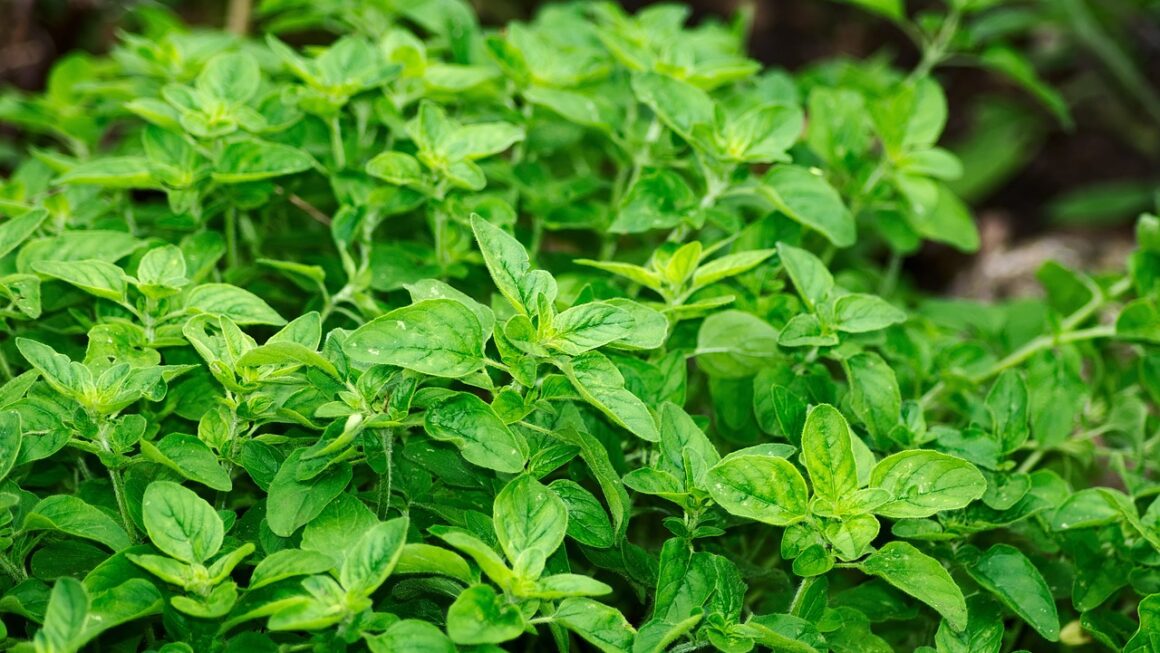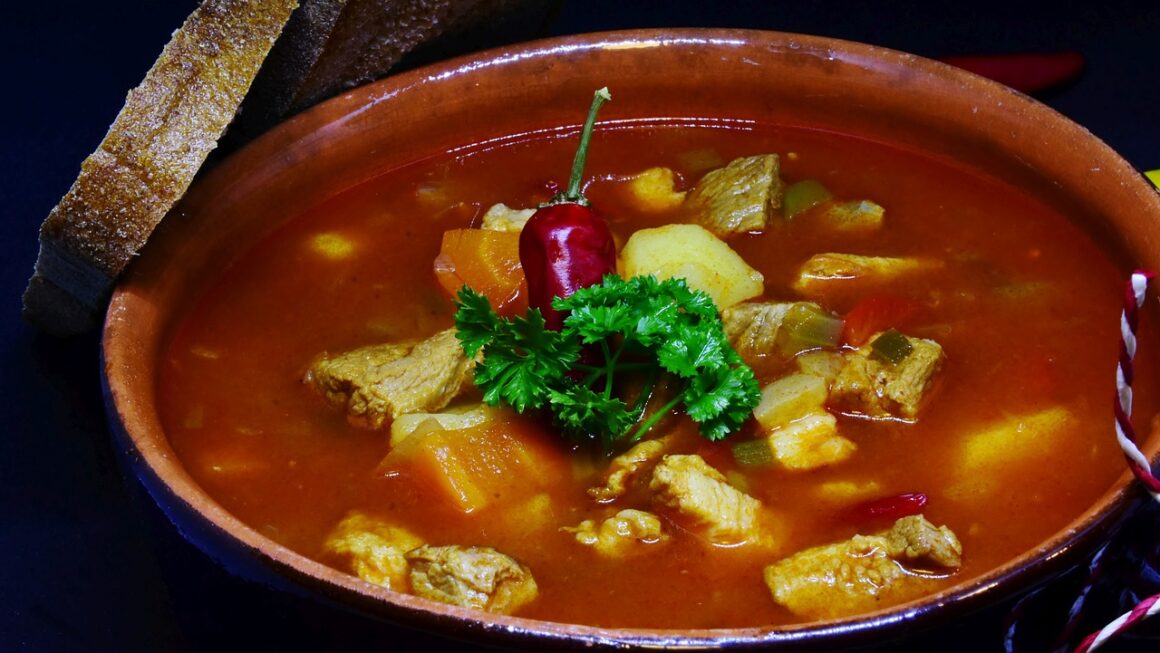Bibimbap is a traditional Korean dish that has gained popularity worldwide for its unique combination of flavors and textures. This delicious meal is made up of a bed of rice topped with an array of colorful vegetables, protein, and a spicy gochujang sauce. The name “bibimbap” literally translates to “mixed rice” in Korean, as the dish is meant to be thoroughly mixed before eating to ensure all the flavors are evenly distributed.
While bibimbap is a versatile dish that can be customized to suit individual preferences, there are a few key ingredients that are commonly found in most traditional versions of the dish. These ingredients not only add depth of flavor but also contribute to the overall visual appeal of the dish.
One of the most important components of bibimbap is the vegetables. A typical bibimbap will include a variety of vegetables such as spinach, carrots, zucchini, mushrooms, and bean sprouts. These vegetables are often stir-fried separately before being arranged on top of the rice, each providing a unique texture and flavor to the dish. The vegetables are usually seasoned with a mixture of sesame oil, soy sauce, and garlic to enhance their natural flavors.
Another essential ingredient in bibimbap is the protein. Common protein sources used in bibimbap include beef, chicken, pork, tofu, or even a fried egg. The protein is typically marinated in a combination of soy sauce, sugar, sesame oil, and garlic before being cooked and added to the dish. The protein adds richness and depth of flavor to the dish, making it a satisfying meal on its own.
One of the key components that tie all the flavors of bibimbap together is the gochujang sauce. Gochujang is a fermented chili paste that is a staple in Korean cuisine. It adds a spicy, savory, and slightly sweet flavor to the dish, providing a delicious kick of heat to each bite. The gochujang sauce is typically drizzled over the top of the bibimbap before it is mixed, allowing the flavors to meld together and create a harmonious balance of flavors.
In addition to these key ingredients, bibimbap can be further customized with additional toppings such as kimchi, seaweed, sesame seeds, or pickled radishes. These toppings add extra layers of flavor and texture to the dish, making each bite a new and exciting experience.
In conclusion, bibimbap is a delightful Korean dish that is versatile, flavorful, and visually appealing. By using key ingredients such as vegetables, protein, and gochujang sauce, you can elevate your bibimbap dish to new heights and create a meal that is sure to impress your taste buds. So next time you’re craving a delicious and satisfying meal, consider making bibimbap and uncovering the delightful flavors that await you.




